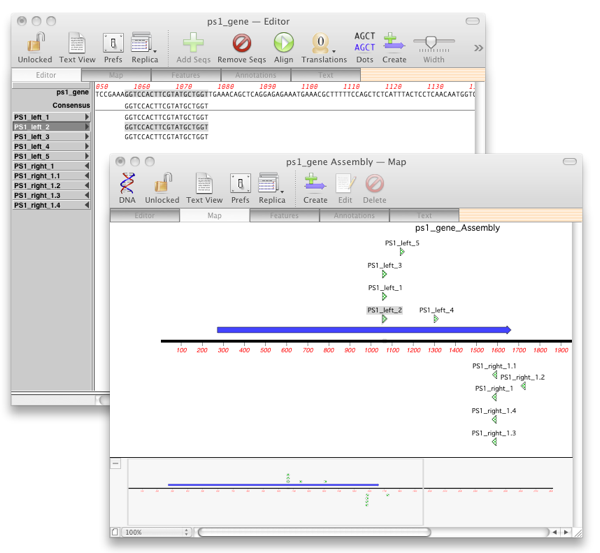Illustration of a bacterium showing chromosomal DNA and plasmids. Not to scale. A plasmid is a small molecule within a cell that is physically separated from a and can replicate independently. The term was coined by Lederberg and Hays and shortly discovered by Tatum. They are most commonly found in as small circular, double-stranded DNA molecules; however, plasmids are sometimes present in and.
In nature, plasmids often carry genes that may benefit the survival of the organism, for example. While the chromosomes are big and contain all the essential genetic information for living under normal conditions, plasmids usually are very small and contain only additional genes that may be useful to the organism under certain situations or particular conditions. Artificial plasmids are widely used as in, serving to drive the replication of sequences within host organisms.
Jarvis App For Windows Free Download. Serial Cloner, DNA, plasmid, cloning, PCR, NCBI, Genbank, Vector NTI, MacVector, restriction. Jul 11, 2016. You might want the model name or serial number of your Mac when checking warranty coverage, searching for specifications or other information about your model, creating a home inventory, and more. Identifying your Mac model is also important when selling or giving away your Mac or learning whether.
Plasmids are considered, a unit of DNA capable of replicating autonomously within a suitable host. However, plasmids, like, are not generally classified as. Plasmids are transmitted from one bacterium to another (even of another species) mostly through. This host-to-host transfer of genetic material is one mechanism of, and plasmids are considered part of the. Unlike viruses (which encase their genetic material in a protective protein coat called a ), plasmids are 'naked' DNA and do not encode genes necessary to encase the genetic material for transfer to a new host. However, some classes of plasmids encode the necessary for their own transfer.

The size of the plasmid varies from 1 to over 200 k, and the number of identical plasmids in a single can range anywhere from one to thousands under some circumstances. The relationship between microbes and plasmid DNA is neither parasitic nor mutualistic, because each implies the presence of an independent species living in a detrimental or commensal state with the host organism. Rather, plasmids provide a mechanism for horizontal gene transfer within a population of microbes and typically provide a selective advantage under a given environmental state. Plasmids may carry genes that provide to naturally occurring in a competitive, or the proteins produced may act as under similar circumstances, or allow the organism to utilize particular organic compounds that would be advantageous when nutrients are scarce. There are two types of plasmid integration into a host bacteria: Non-integrating plasmids replicate as with the top instance, whereas, the lower example, can integrate into the host. The American first introduced the term plasmid in 1952 - originally to describe any bacterial genetic material that exists in an extrachromosomal state for at least part of its replication cycle. Later in 1968, it was decided that the term plasmid should be adopted as the term for extrachromosomal genetic element, and to distinguish it from viruses, the definition was narrowed to genetic elements that exist exclusively or predominantly outside of the chromosome and can replicate autonomously.
In order for plasmids to replicate independently within a cell, they must possess a stretch of DNA that can act as an. The self-replicating unit, in this case the plasmid, is called a. A typical bacterial replicon may consist of a number of elements, such as the gene for plasmid-specific replication initiation protein (Rep), repeating units called, boxes, and an adjacent AT-rich region. Smaller plasmids make use of the host replicative enzymes to make copies of themselves, while larger plasmids may carry genes specific for the replication of those plasmids. A few types of plasmids can also insert into the host chromosome, and these integrative plasmids are sometimes referred to as in prokaryotes.
Plasmids almost always carry at least one gene. Many of the genes carried by a plasmid are beneficial for the host cells, for example: enabling the host cell to survive in an environment that would otherwise be lethal or restrictive for growth. Some of these genes encode traits for antibiotic resistance or resistance to heavy metal, while others may produce that enable a bacterium to colonize a host and overcome its defences, or have specific metabolic functions that allow the bacterium to utilize a particular nutrient, including the ability to degrade recalcitrant or toxic organic compounds. Plasmids can also provide bacteria with the ability to. Some plasmids, however, have no observable effect on the phenotype of the host cell or its benefit to the host cells cannot be determined, and these plasmids are called cryptic plasmids.